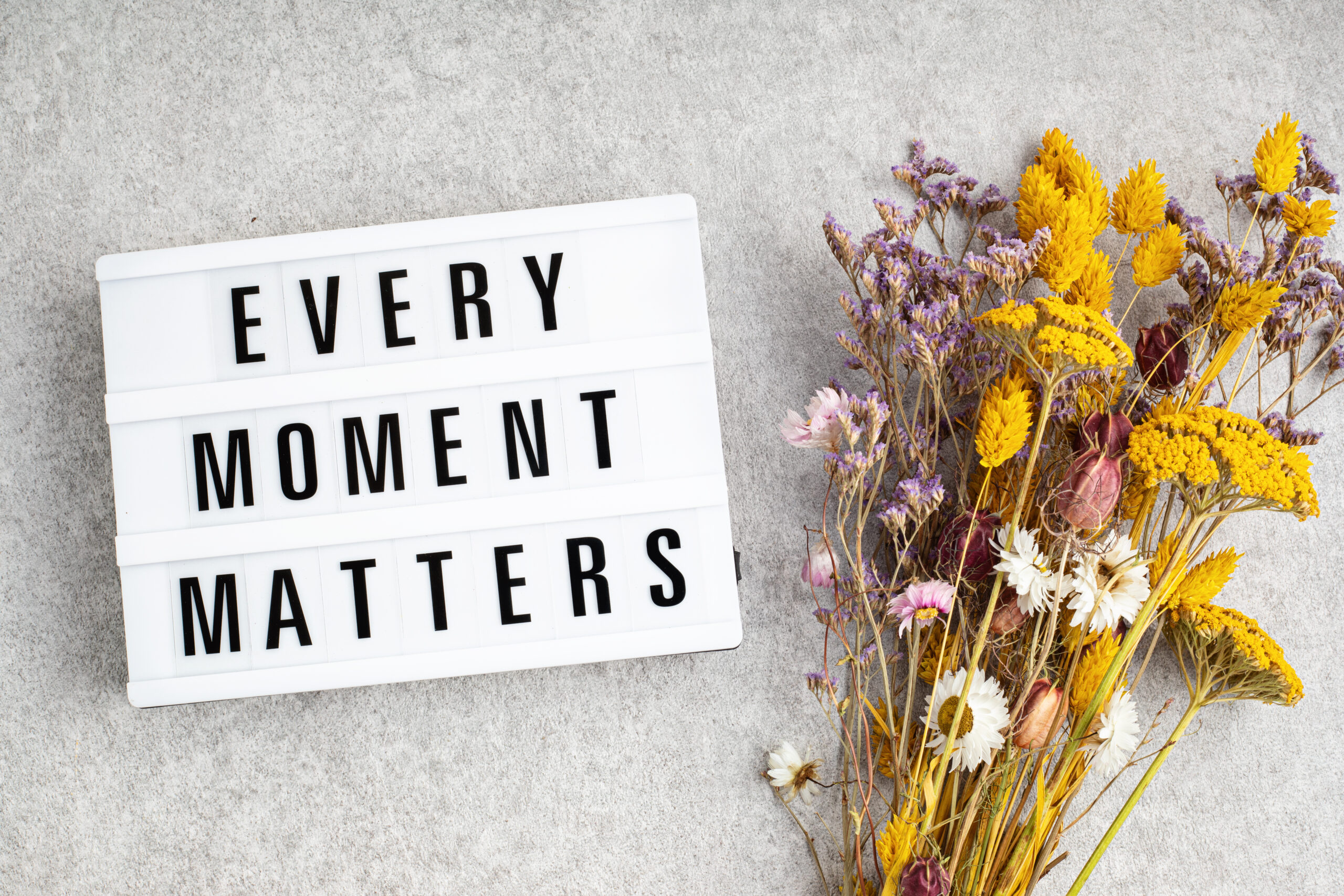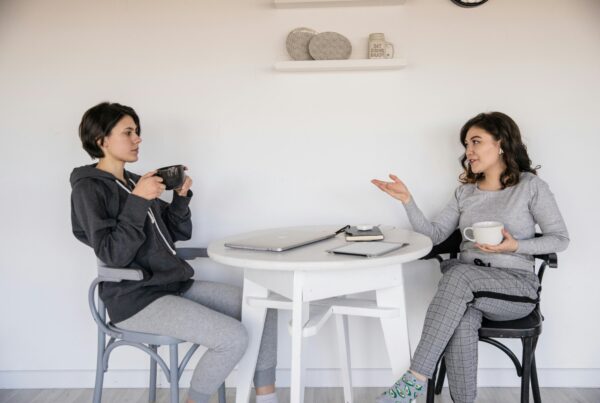By Cari Michaels
Managing stress begins with self-care. Fortunately, there are many things you can do at home and on your own schedule to support your mental health, maintain healthy communication and prevent isolation during this time.
Accept feelings of anxiety, worry, fear, boredom, loneliness, grief as they come. Know that these are completely normal responses to this stressful situation.
Shift your expectations – for yourself, your children and family members. This is not business as usual and we all have different needs during this time. Our needs will keep changing too.
Remember that isolation is temporary. Take one day at a time, or one hour at a time if that’s helpful for you.
Look for beauty – outside your window, in your family members,  in the objects around you.
in the objects around you.
Practice mindful breathing. Stress can lead to shallow breathing and an increased heart rate. Slow, deep breathing helps counteract this. For example, try abdominal breathing, box breathing or five finger breathing.
Practice grounding yourself, particularly in times of acute stress. For example, be still and notice: 5 things you see, 4 things you feel, 3 things you hear, 2 things you smell, and 1 thing you taste. These actions help orient you to the present moment.
Take care of your body – sleep and rest, stay hydrated, eat well, move and exercise as you can.
Keep a daily schedule as it makes sense to you, with time for sleep, meals, exercise, self-care, work, etc. This can help increase a sense of security and predictability. If you are working at home, take breaks and adjust your timelines as needed.
Keep a gratitude list. Writing down what we are grateful for supports an optimistic perspective and overall mental wellness.
Meditate – Find small things to do regularly. This makes it more possible to incorporate them into daily life. For example, spend one minute thinking about what you are grateful for rather than one hour in silent meditation. Find guided meditations that work for you.
Control your COVID-19 narrative. Ask yourself what information you want to take into your mind and thoughts. What is helpful now? Choose what is most meaningful, not what happens to appear in front of you. Choose reputable sources and limit your consumption. Pay attention to how information about the coronavirus affects your stress and anxiety.
Remember activities you enjoy and do more of them. Read, write, listen to or make music, exercise, call loved ones, paint, cook, plan your garden.
Connect with others. Reach out to family, friends and neighbors by phone, video chat, text, and email. Check in on elderly loved ones.
Communicate carefully. Pay attention to how you speak and listen to others, particularly during this time of stress and as we spend more time with family members and others inside our homes. In general, speak carefully, listen attentively and respond accurately. Recognize that everyone responds to stress differently.
Join online activities. For example, faith community services, online library resources, YMCA360 on-line exercise classes, the Minnesota Communities Caring for Children’s daily online gathering Practicing Resiliency in Community (no registration required).
Think about isolation as an opportunity for solitude. Look for ways that being alone allows you to reflect and re-charge.
Laugh. It really is good medicine. Share stories, photos and videos with friends.
Take the long view. Ask yourself “Who do I want to be on the other side of this crisis? How does that guide my behavior now?”
Be a role model to others with your own self-care.
 Cari Michaels, MPH, is an Extension Educator at the University of Minnesota Extension Children, Youth & Family Consortium. She works in partnership with leaders across campuses and in community organizations to promote mental well-being. Cari serves as editor of the Children’s Mental Health eReview, an online publication featuring current research and its implications for practice within varied settings. She encourages socio-ecological approaches to mental well-being through online educational tools, interdisciplinary collaboration and campus-community engagement.
Cari Michaels, MPH, is an Extension Educator at the University of Minnesota Extension Children, Youth & Family Consortium. She works in partnership with leaders across campuses and in community organizations to promote mental well-being. Cari serves as editor of the Children’s Mental Health eReview, an online publication featuring current research and its implications for practice within varied settings. She encourages socio-ecological approaches to mental well-being through online educational tools, interdisciplinary collaboration and campus-community engagement.
Photo Source: Adobe stock















